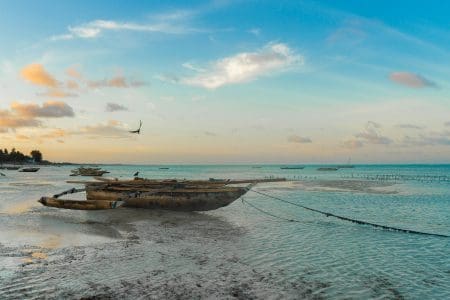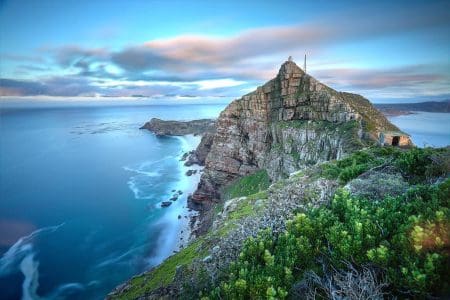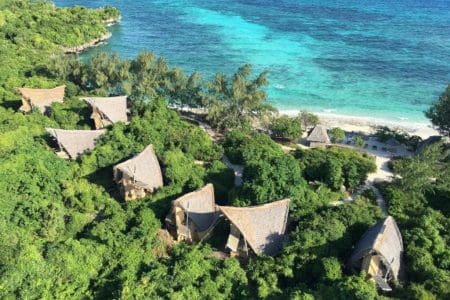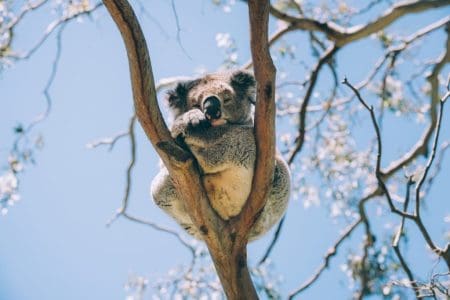Luke Bailes, the charismatic founder of Singita, is one of the most influential individuals in African wildlife conservation tourism, preserving swathes of African wilderness by promoting environmentally conscious and socially responsible hospitality. For the past two decades, his company has set the standard for luxury wildlife lodges around the world.
Bailes opened his first camp, Singita Ebony Lodge, in 1993. Eleven other properties have followed, in Tanzania and Zimbabwe as well as in South Africa. The following is an extract from a Q/A with him. You can read the full interview at: AndrewHarper.com.
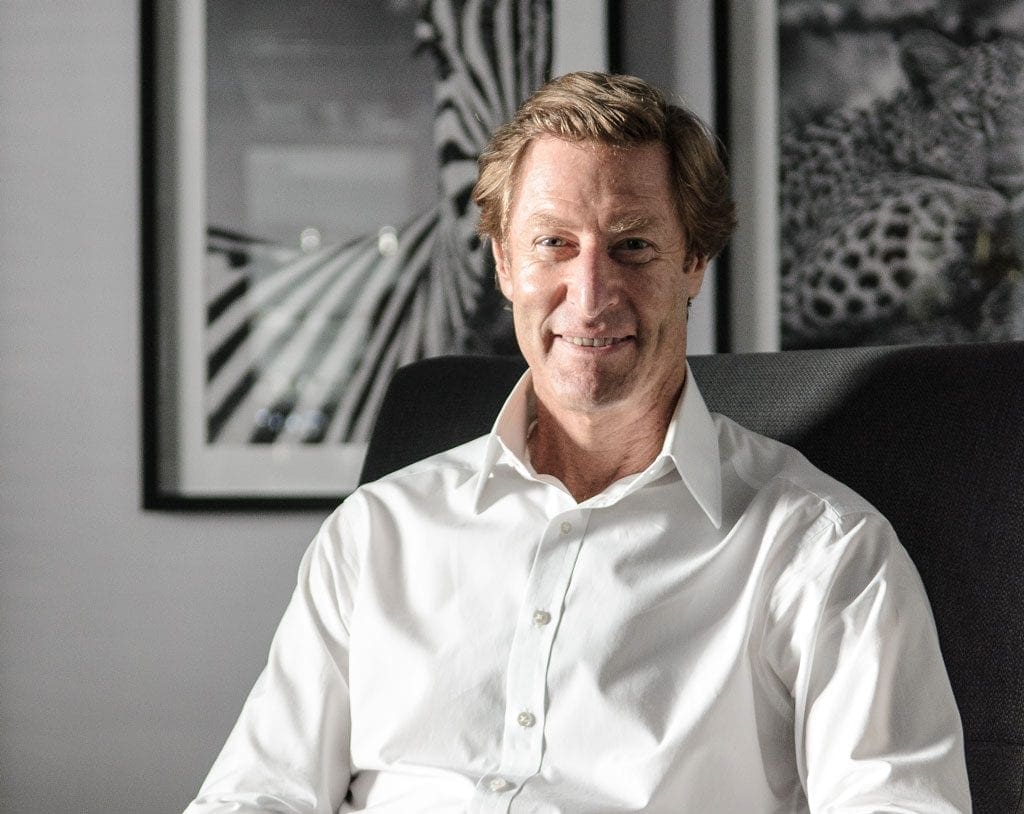
Can you remember the precise moment when you first decided you wanted to go into wildlife conservation tourism?
I have such a passion for conservation and realized that at one point I couldn’t do it on my own. It was probably around the time when I bought the additional land in the Sabi Sand with the intention to start generating revenue to fulfill my conservation desires.
What makes Singita different?
We have access to over a million acres. All aspects of the guest experience are private and exclusive, whether it’s a game drive, a walk or a dinner. You feel like you’re the only one there. Also what distinguishes us is the scale of wildlife conservation and community work that we do. We spend $12 million annually on conservation work, which is matchless in the safari industry.
What is the most rewarding — part of your career?
The most rewarding parts of my career are the success stories in wildlife population numbers increasing and poachers becoming scouts. Since we started protecting the 350,000 acres of Singita Grumeti in 2002, we have seen an enormous increase in animal populations. The area was previously heavily hunted, and the game had almost been wiped out. For example, we have seen buffalo numbers rise by 1000 percent since 2003, and overall we have seen a 4x increase in mammal biomass on the property.
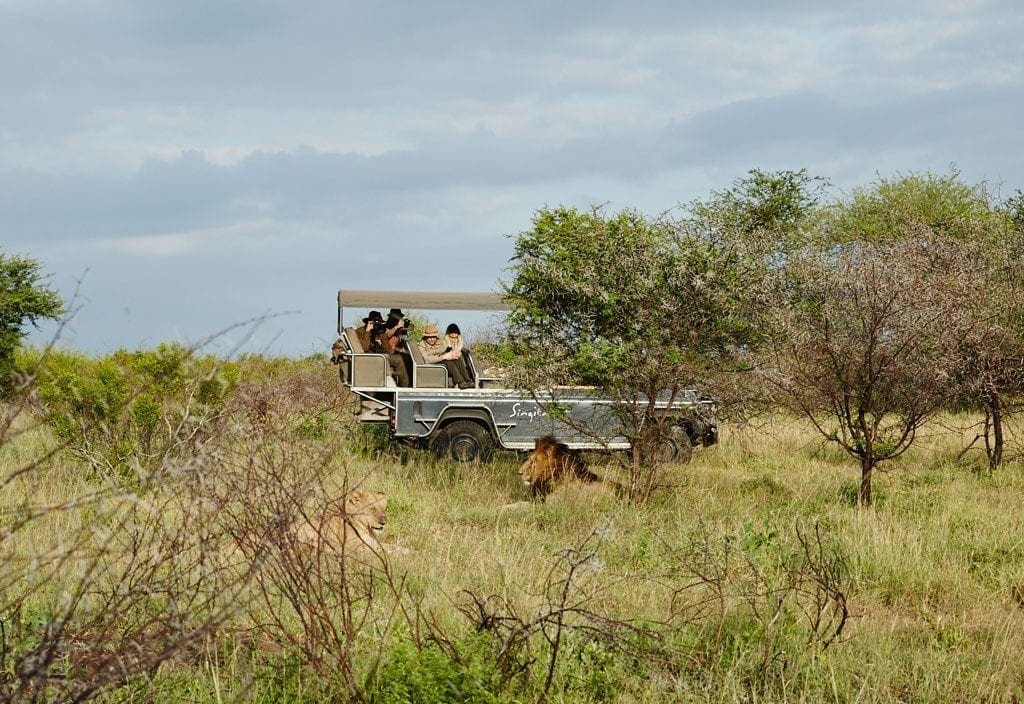
If Luke’s thoughts have started your white brain cells clicking, when why hot read Mike Haynes and his view of: What is the Best Responsible Tourism Model for Myanmar?
How can Singita guests help?
Firstly, they can help build awareness of [our mission]. Also, we need people to be part of our wildlife conservation efforts; we can’t do this by ourselves. Sustainability has a lot to do with revenue; conservation work is expensive. For example, a guest donated $350,000 for a canine unit. Simply by being part of a life-changing safari experience guests are already making a contribution, but also we need them to become aware of the need for and cost of conservation.
Photos courtesy of Singita.
